Best Practices Guides: Assessment is a Process, Not a Product.
By Dr. Alyce Odasso, Program Coordinator of Assessment
Office of Effectiveness and Evaluation, Texas A&M University
Overview: At AEFIS, we realize that assessment functions are not one size fits all! Although stakeholder end goals may be similar, assessment protocols and processes differ across universities, colleges, and programs. AEFIS Data Collection Solution and Customized Workflow Best Practices Guide provides insight on how to consider using workflows to collect and report assessment data for many of your assessment processes including, but not limited to, program assessment, assessment plans, core curriculum assessment and self-study reports.
At Texas A&M University, the Data Collection solution is used to document their annual assessment process. Based on the good work from our partners at Texas A&M University Office of Institutional Effectiveness and Evaluation, here are some best practices and examples to support your implementation of automated assessment collection protocols to fit your unique needs.
Best Practices Guide:
- Use workflows to create a meaningful assessment cycle for your institution
- Consider using workflows to formalize the assessment cycle. The workflow steps can be used to help institutionalize the assessment process from planning to reporting to closing the loop.
- Consider using workflows to formalize the assessment cycle. The workflow steps can be used to help institutionalize the assessment process from planning to reporting to closing the loop.
- Consider multiple rounds of feedback
- If you’re using AEFIS Data Collection for reviewing assessment plans, consider providing feedback at different stages of the process (e.g., Plan and Report) and/or from key players at different levels (e.g., college assessment professionals, department heads, reviewers at the institutional level).
- If you’re using AEFIS Data Collection for reviewing assessment plans, consider providing feedback at different stages of the process (e.g., Plan and Report) and/or from key players at different levels (e.g., college assessment professionals, department heads, reviewers at the institutional level).
- Engage key players: Embed different roles in the workflow
- Consider who should be involved in the assessment process. Construct a workflow that includes these key players. Clearly define the role they play and what the expectations are for their involvement in the assessment workflow.
- Consider who should be involved in the assessment process. Construct a workflow that includes these key players. Clearly define the role they play and what the expectations are for their involvement in the assessment workflow.
- Allow for transparency
- Through the use of workflows, AEFIS makes it possible for key players to see the evolution of an assessment report at all stages of the process, not just at the very end. Embedded feedback allows users to see the perspective of others involved in the process, making assessment a collaborative effort.
- Through the use of workflows, AEFIS makes it possible for key players to see the evolution of an assessment report at all stages of the process, not just at the very end. Embedded feedback allows users to see the perspective of others involved in the process, making assessment a collaborative effort.
- Be flexible!
The assessment process is not necessarily linear. Assessment plans may change mid-cycle, or multiple iterations of feedback may be necessary. The flexible functionality of AEFIS allows users to effectively address these issues, including the ability to send forms backward through the workflow and making fields editable at various workflow stages. Use these features to emphasize quality assessment practices.

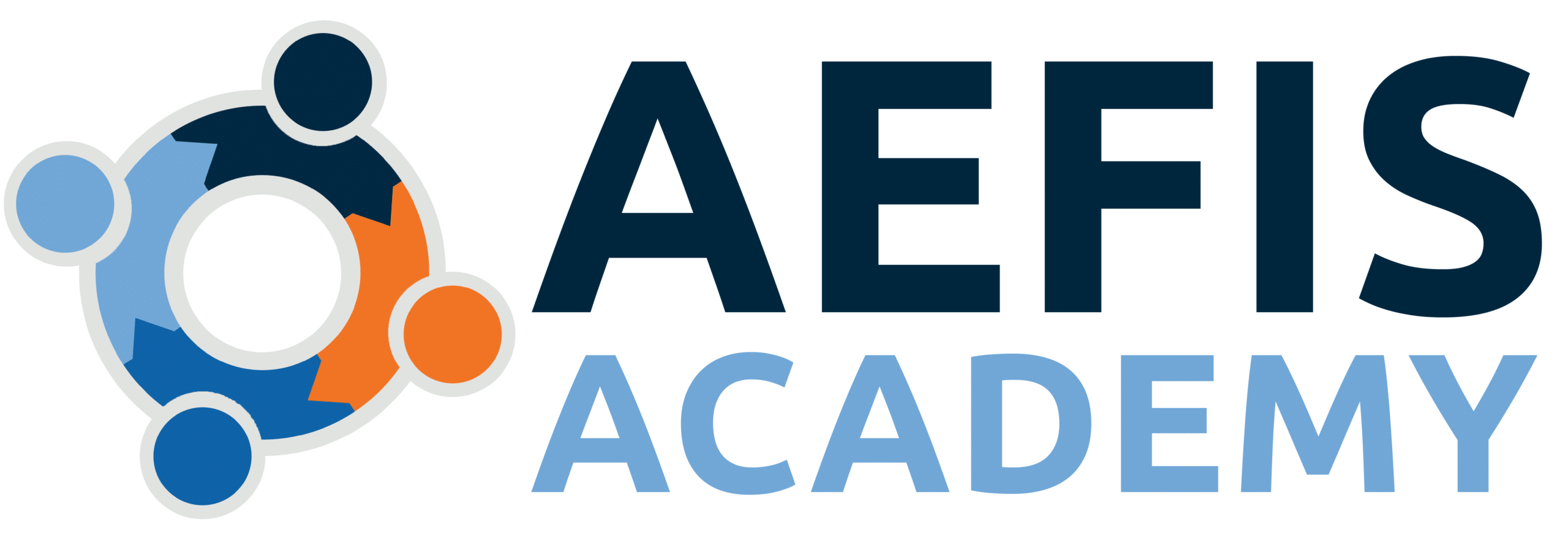

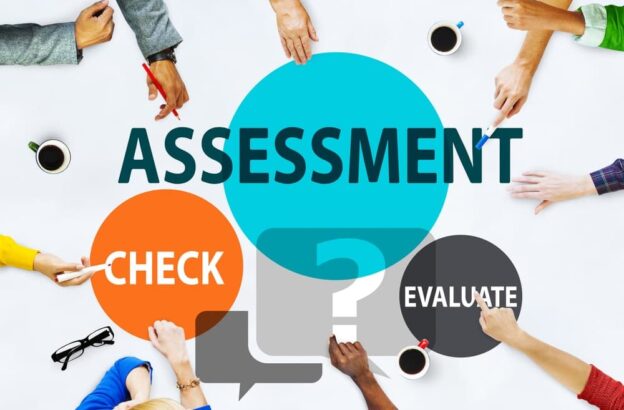
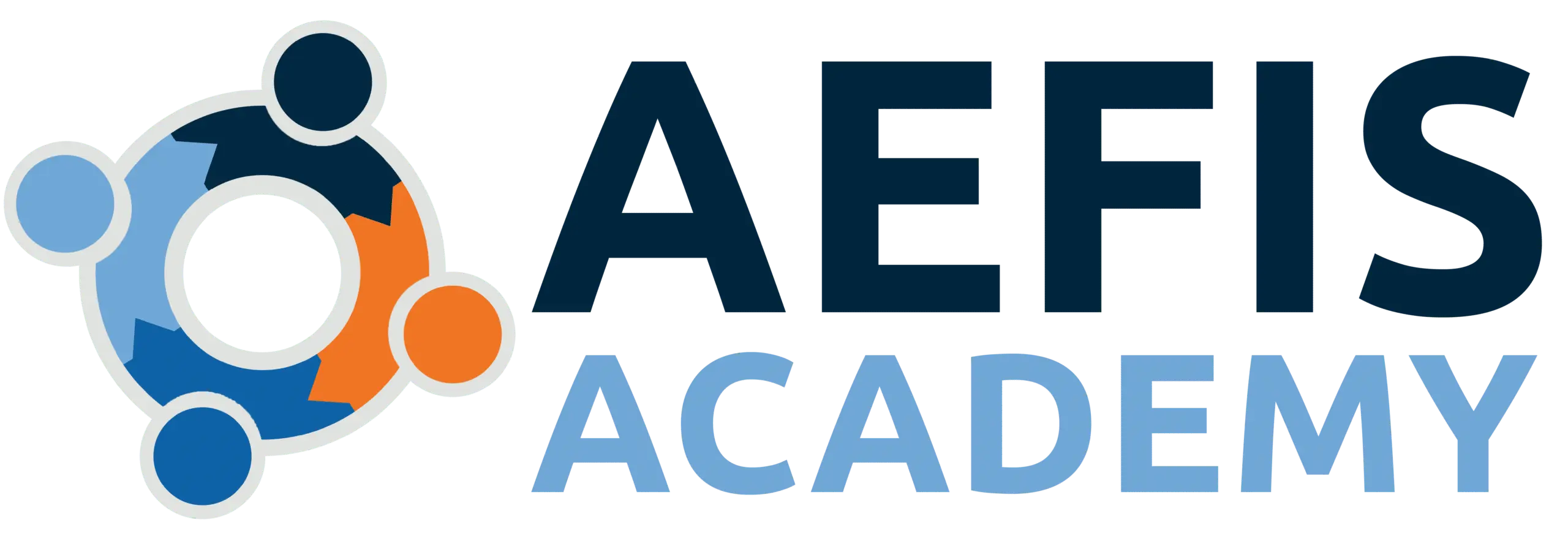
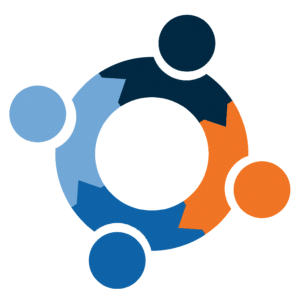
Discussion